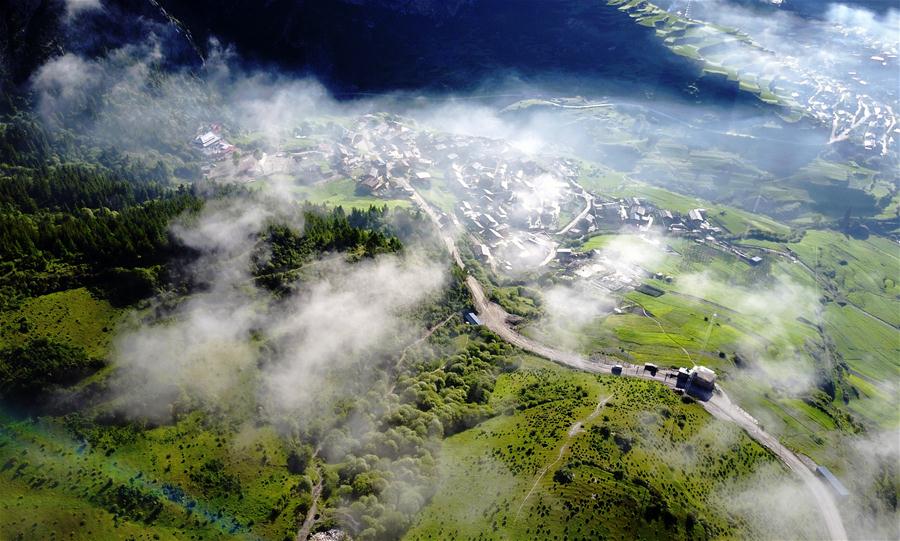Tibet’s nature reserve reaches 410 thousand sqkm
On July 19th, Tibet held an informational press conference to explain the White Paper titled “Ecological Progress on the Qinghai-Tibet Plateau,” which was released by the State Council Information Office on the 18th.
According to Shui Yanping of Tibet Autonomous Region’s Department of Environmental Protection, as of now, the region has established 47 nature conservation zones of various grades and types, with a total area of 412. 2 thousand sqkm, which is 34.35% of the region’s total territory.
Tsongga, vice Chief of the Department of Forestry of the region, said the recent monitoring data showed that there was an increase of 190 thousand hectares of forest area and a reduction of 13.6 thousand hectares of desert soil and 35 thousand hectares of sandy soil in the region. Besides, about 10 thousand hectares of wetlands have been revitalized.
The improvement of biodiversity protection has contributed to a revitalized growth of rare and endangered species in the region. There was about eight thousand black-necked cranes who wintered in the region, about 80% of the world’s total. The number of Tibetan antelopes has recovered from 50-70 thousand to over 200 thousand currently. The number of wild yaks has also reached almost 10 thousand. The Tibetan elaphus, once internationally considered to be extinct, was rediscovered in Sangri County in 1995, and has now reached 300 in number.
Your Comment
Name E-mailRelated News
-
-
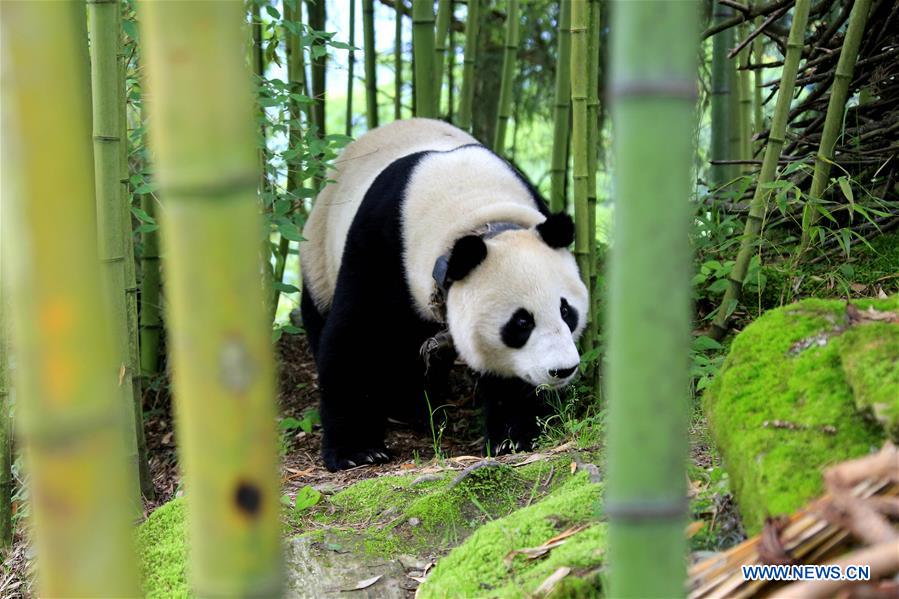
-
Wild panda spotted inside Huanglong nature resurve
On June 12th at around 2PM, a wild panda was spotted inside the Huanglong Nature Conservation District by villagers of Aba Prefecture in Sichuan Province.
-
-
-
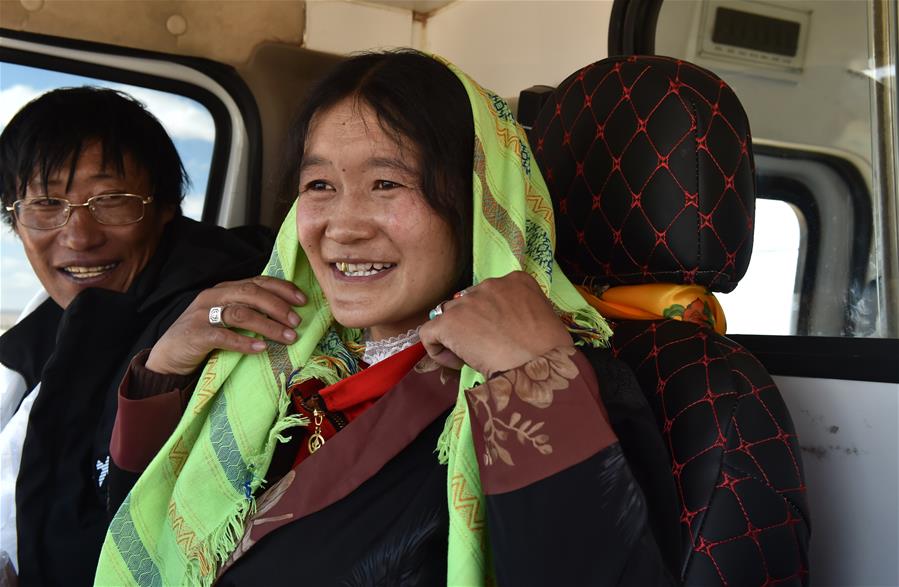
-
Tibet relocates villagers living in high-altitude nature reserve
Southwest China's Tibet Autonomous Region is carrying out its first relocation program for villagers living in high-altitude nature reserve.
-
-
-
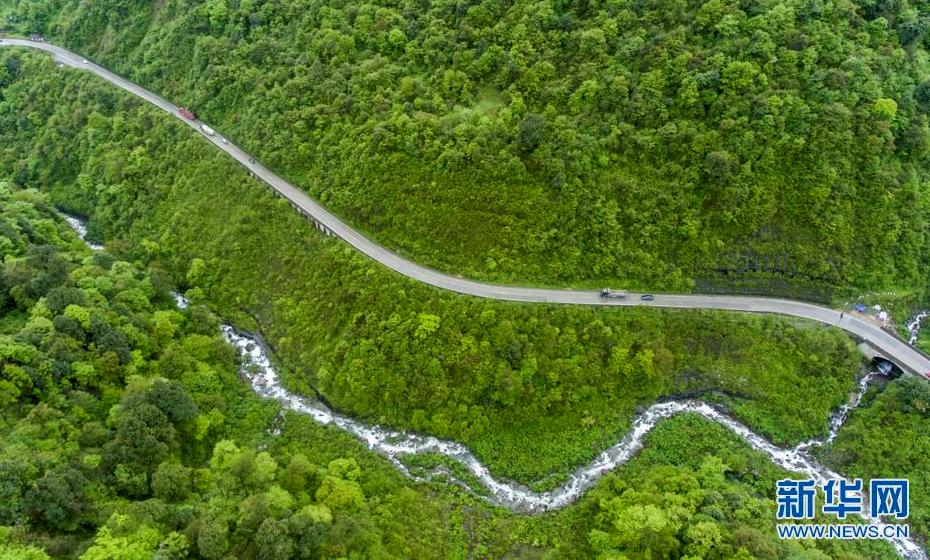
-
Tibet spends 1.1 bln yuan on ecological conservation in 2017
Southwest China's Tibet Autonomous Region spent more than 1.1 billion yuan (171 million U.S. dollars) on ecological conservation projects in 2017, the regional environmental bureau said Tuesday.
-
-
-
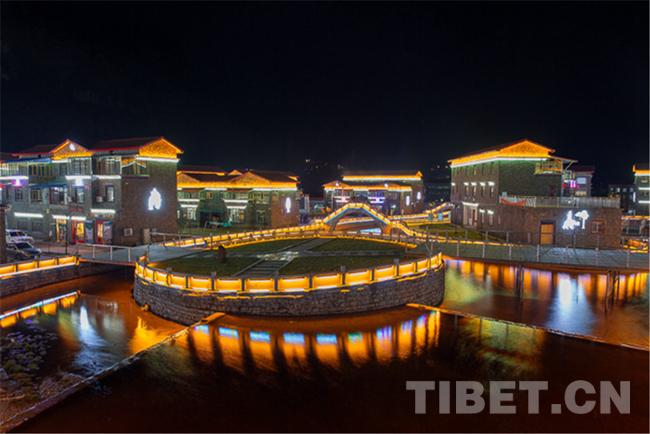
-
Ecotourism benefits local residents in Tibet
Thanks to its beautiful natural scenery and unique folk customs, planning on the Mama Ecological Culture Affluent Model Village began in 2013 and was completed in December 2014.
-
-
-
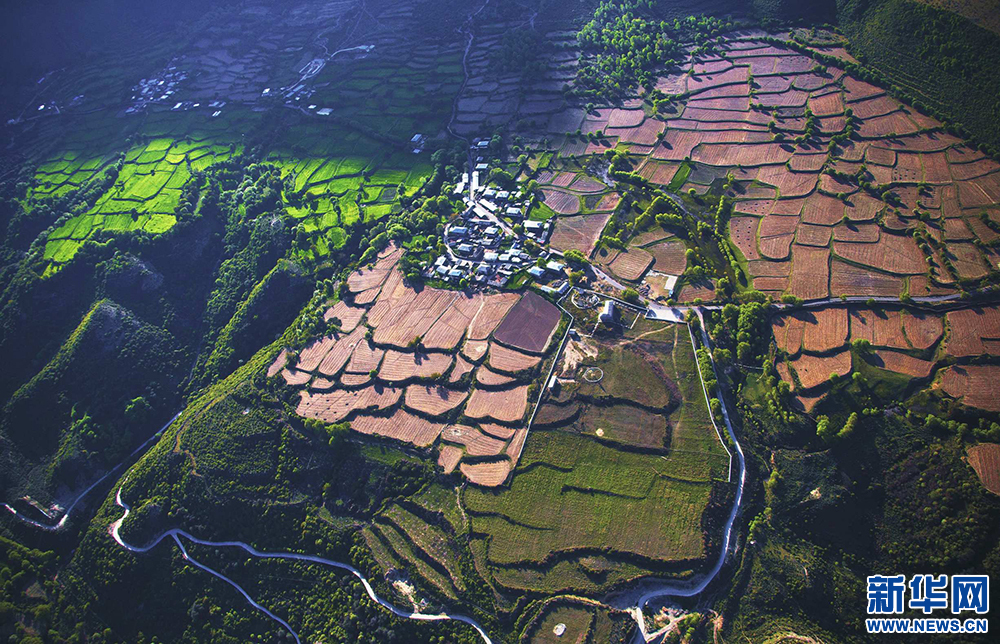
-
High and dry no longer apply
Across China, ecological conservation is increasingly becoming a high priority, even high upon the Tibetan Plateau.
-




